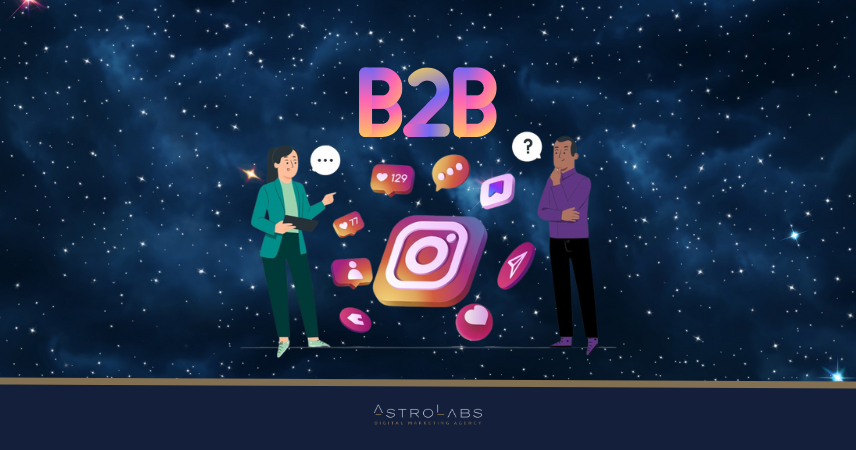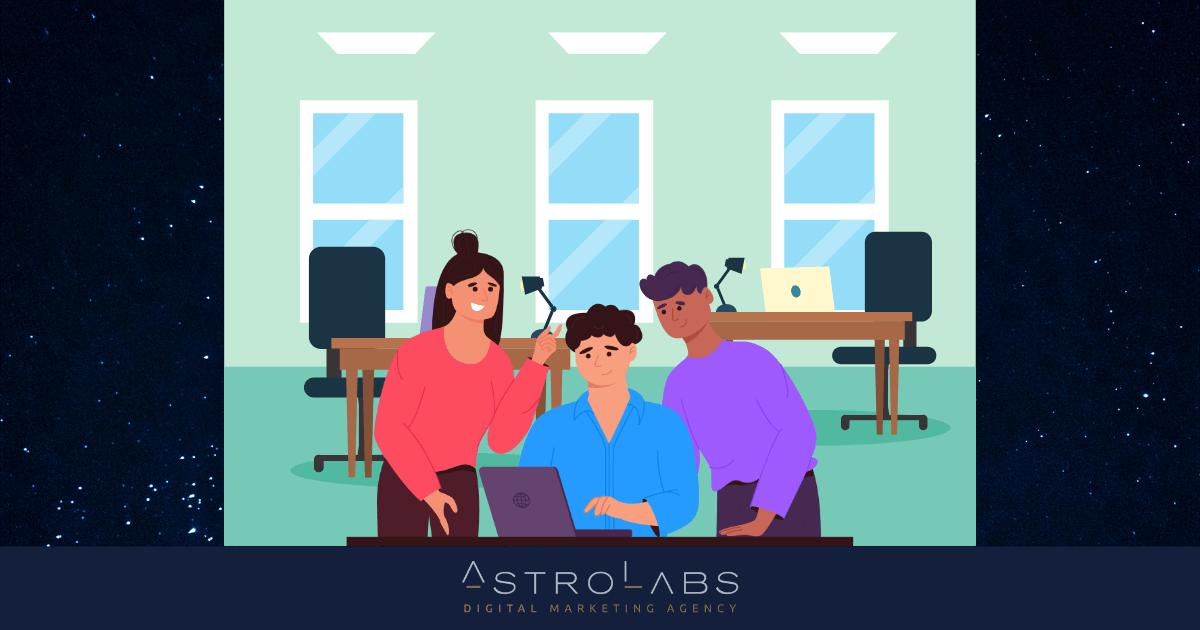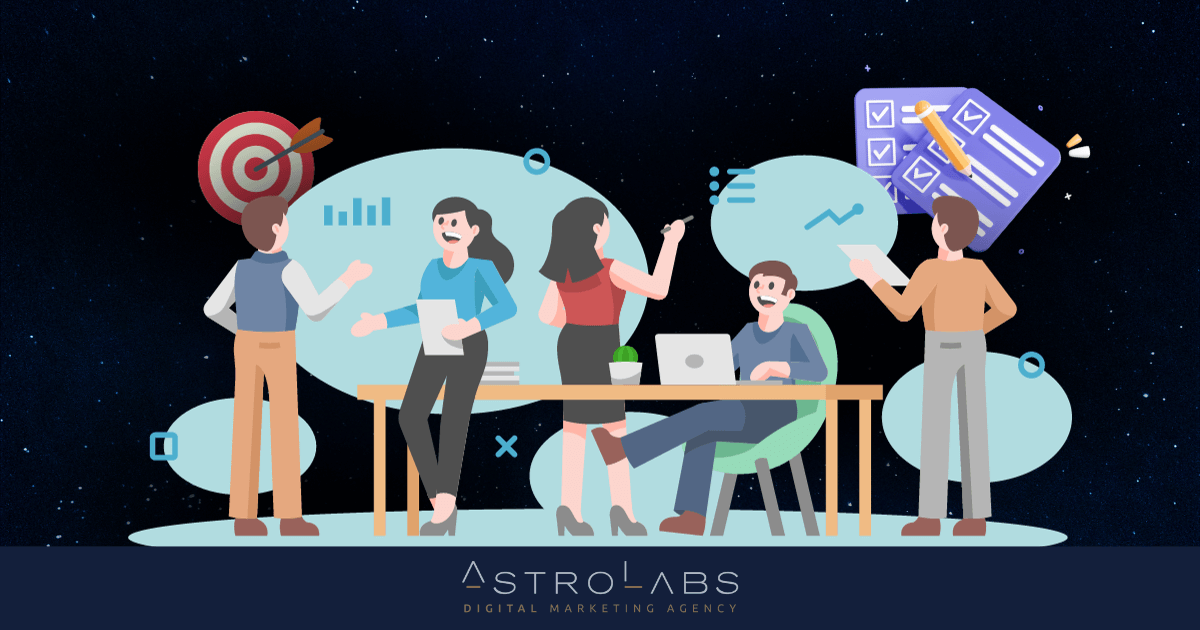The term lead generation has started to be used more and more often in digital marketing and practically focuses on finding, attracting and converting ordinary users into customers using specific digital strategies.
To put it as simply as possible, lead generation is the process of generating user interest in the products or services of a business through inbound digital marketing activities such as ads on social media or google or email marketing.
The goal of lead generation is for the user to want to learn more afterwards and thus provide some contact information (mobile phone, email, etc.) so that the company can contact him directly.

Many businesses are often hesitant to use lead generation because they find it a difficult process. But instead, it’s a simple process that starts with content creation, continues with increasing traffic to digital channels and aims to convert that traffic into leads.
In today’s day and age, however, users are highly trained in the online part, so before they even think about leaving their details, they will search online reviews for the business, check the catalogue of its products and services to see if it is up to date, and they will certainly make a comparison against 2 or 3 competitors that they will find online.
So two of the first key steps a business should take is to set a strategy for the content of its Social Media channels, its website and its blog so that:
- Ensure that its posts serve a specific purpose and that with a proper subject matter and posting frequency, potential customers will interact regularly making them more receptive to a second communication.
- To highlight its areas of expertise and those of its staff. To emphasise its experience and all those characteristics that make it stand out from the competition.
The immediate next step the business needs to take is to create the right content that it knows will be useful to its potential customers and provide it to them for free in exchange for their contact details. This content is called lead magnet, it is essentially what “magnetizes” the user who knows they need it and is willing to give their details to get it.
Lead magnet content can be a free e-book, a free service trial, a free product sample, a coupon or even participation in a training webinar.
Tip: Lead generation is not only for b2b businesses but works just as effectively in both retail and services

Now that the appropriate content is available on all channels of the business, the appropriate digital lead generation strategy must be implemented, which varies depending on the industry and the activity, but usually includes the following 5 basic steps:
- The user discovers the business through Social Media or Google ads that lead either to the Facebook/Instagram profile, LinkedIn profile, website or blog
- The user clicks on a CTA (Call To Action) button which basically prompts him/her to get the lead magnet content mentioned above
- So as soon as the CTA is clicked – depending on the medium – the user is led either to the website to a specific page which includes a form to fill in their details or to an already filled in form on social media which pulls the details from their profile.
- All the user has to do in both cases is to click submit and receive the corresponding lead.
- The company respectively receives the user’s contact details

But what a properly structured lead generation strategy should include:
- Research to identify the audience of interest to the business and analyse it in order to extract as much information as possible that will lead to better targeting of advertisements.
- The right proportion of ads in both social media and Google to increase the traffic – the traffic – to the website and to the company’s profiles. Both media are needed as the approach should always be holistic and one medium should complement the other.
So someone who did a search on Google will see an advertisement on their social media while someone who followed their Facebook profile will see an advertisement as they are updated on a website (e.g. sports, news, etc.) in the form of a banner. - The landing page should have all those tracking mechanisms (Facebook pixel, LinkedIn insight tag, Google remarketing etc.) so that users who show the most interest can be retargeted with remarketing ads.
Also the landing page should include all the necessary popups. So when a user goes to leave the page without having filled out the form an exit intent popup will pop up, which will prompt them to think again. So by increasing the number of moves required to close the page, we increase the chances that someone will eventually fill out the form.
Similarly, another popup may appear if the page has been open for a long time without any action. - Email marketing. Although email is considered trivial in many cases, it remains a particularly powerful tool when it comes to converting a lead into a customer. Particular attention needs to be paid to tailoring the messages that these emails include in relation to the audience they are aimed at.
Tip: If a business regularly receives a large percentage of leads then the next step is to use an automation program where each lead depending on its interests is fed with specific different content in order to push it to an action.
In conclusion, it is obvious that lead generation, with everything mentioned above, aims to influence a user’s decision and convert them into a real customer, leading to an increase in a business’s revenue.
But it is very important in this whole process not to forget the human factor. So it should not be all about the sale but it should be about the company’s interest in the customers and how it can help them.



